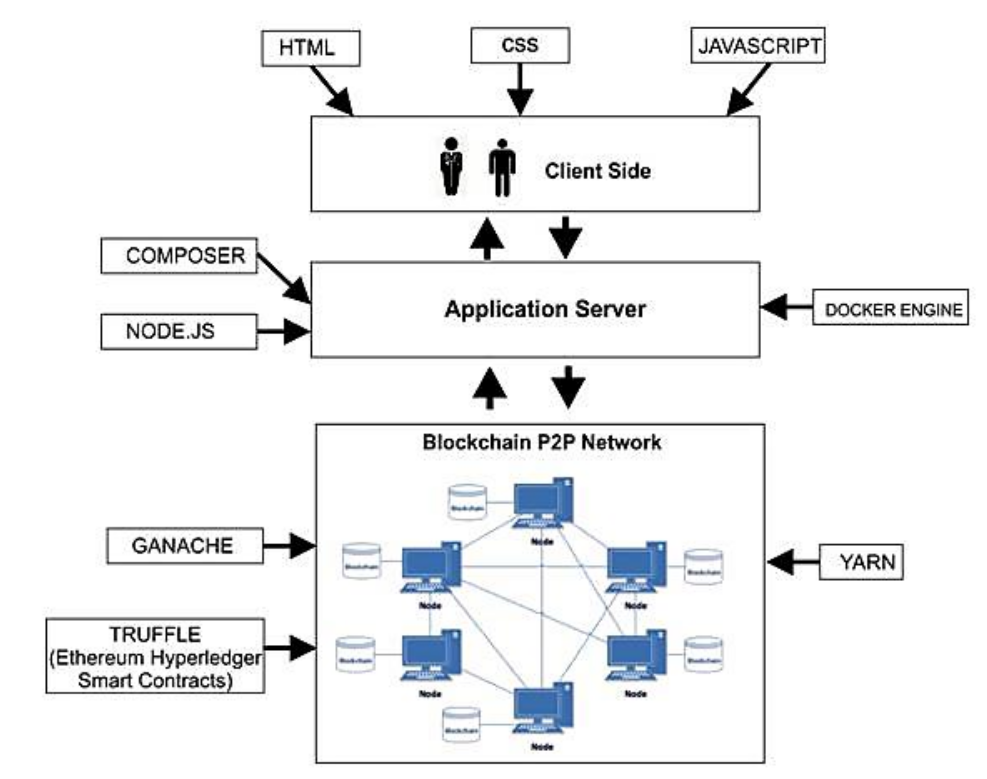Secure Health Information System with Blockchain Technology
Keywords:
blockchain, health information system, distributed databases, smart contracts, information security, data privacyAbstract
This paper focuses on highlighting the problems that are associated with the absence of privacy and security of medical records in a healthcare system. It seeks to bridge the gap between the currently used security protocols in the management of health information, and encryption algorithms that should be used. Extant health information systems have always been developed with conventional databases. With all the privileges to read, write and execute assigned to the administrator, who has centralised control over all medical records, there is the likelihood of the misuse, distortion and loss of such records in the event that the administrator becomes compromised or inadvertent system failure. To solve this problem, the use of decentralised and distributed databases becomes paramount. Blockchain technology has recently received much attention due to its ability to permit a peer-to-peer network with distributed databases that can be stored locally on each node in the network. Subsequently, all updates on records in a database are communicated to all participating parties, hence addressing the problem of centralised control. In this paper, we propose a health information system on a blockchain to create a trust-free system for both health personnel and patients. From the results obtained, we achieved the decentralisation of the medical records’ database to enhance the security and privacy of data on the modeled peer-to-peer network.

Published
How to Cite
Issue
Section
Copyright (c) 2023 A. E. Ibor, E. B. Edim, A. A. Ojugo

This work is licensed under a Creative Commons Attribution 4.0 International License.







